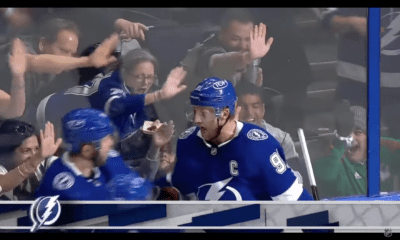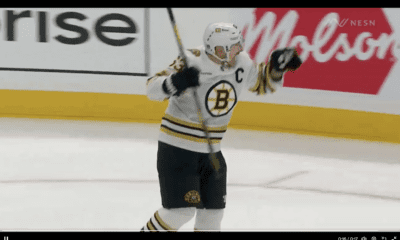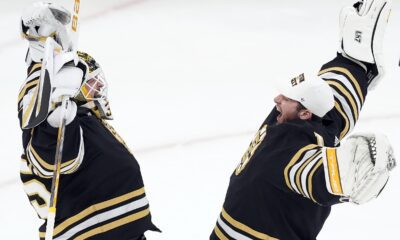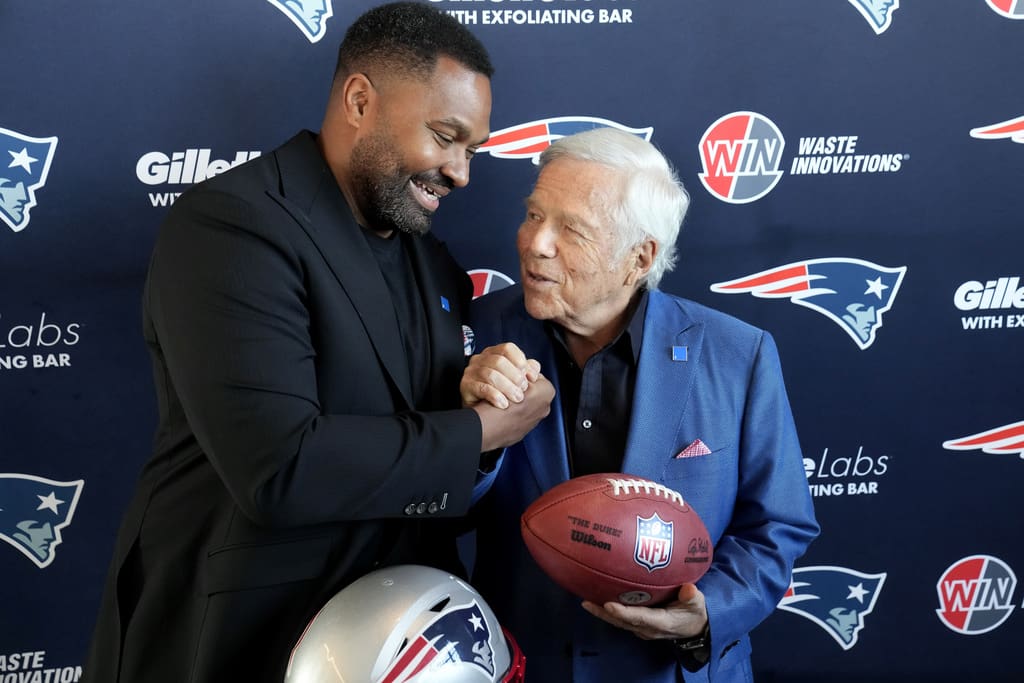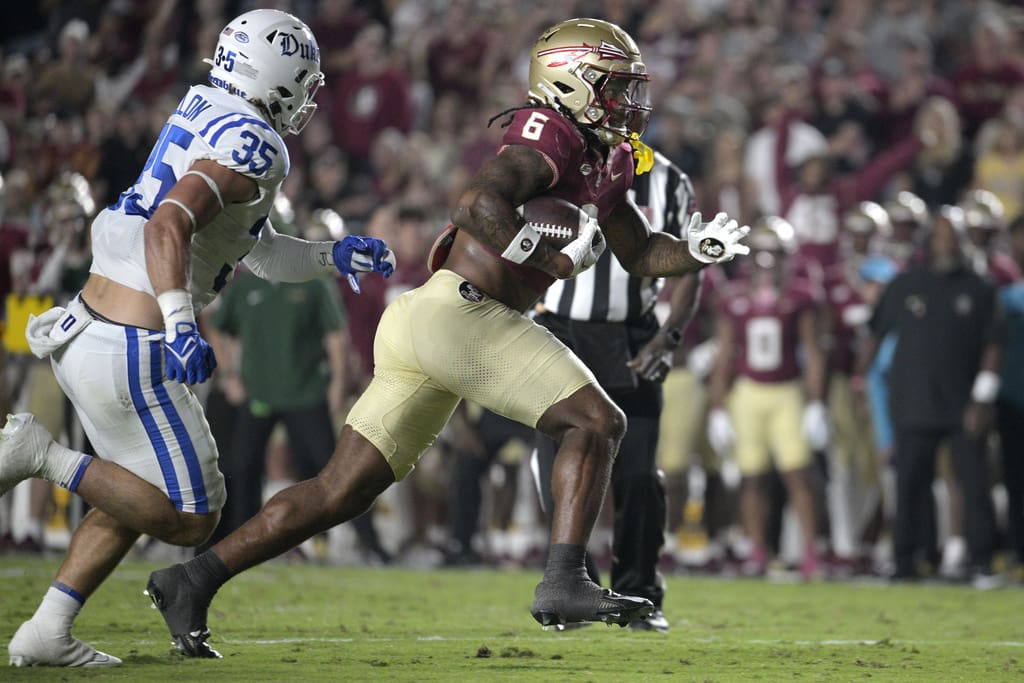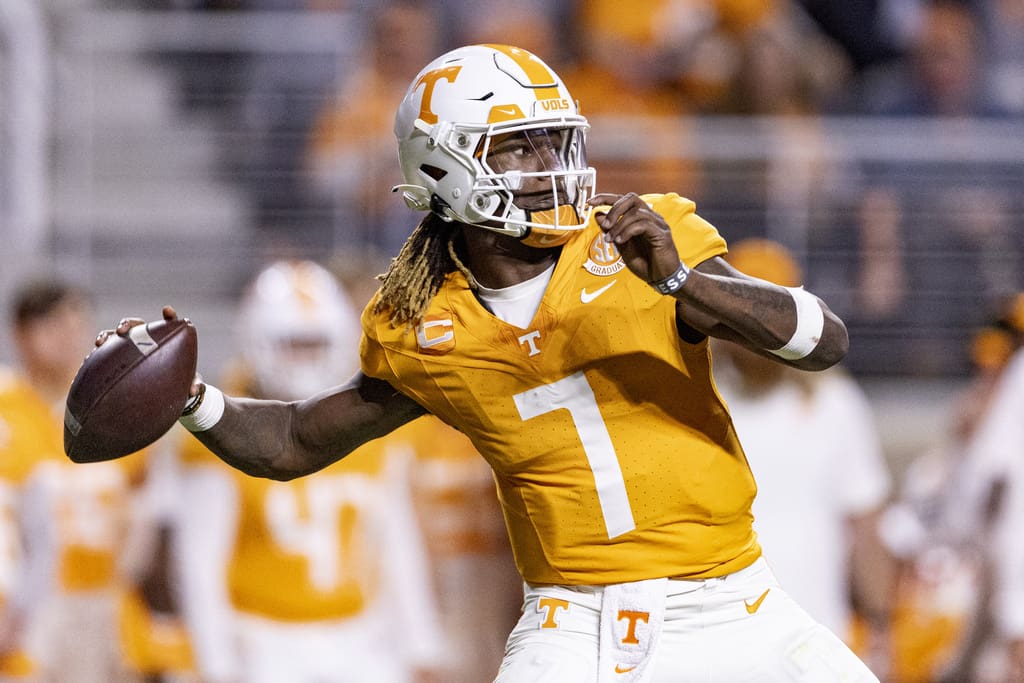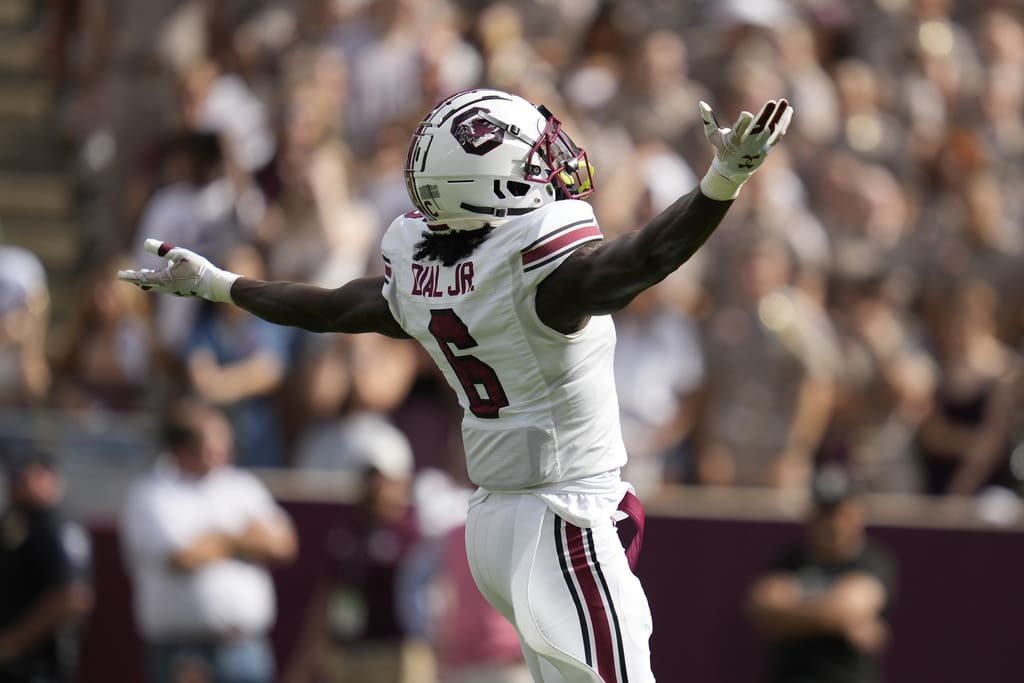Boston Bruins
Colageo: Cash Was Always Money in the Bank for Boston Bruins

When the centennial season of Boston Bruins hockey opened on October 11, franchise greats from multiple generations came out of the woodwork to appear for the fans on a red-carpet entry way to TD Garden and participate in a once-in-a-lifetime alumni party.
The Big, Bad Bruins of 1970 and ’72 Stanley Cup championships were well represented, including a rare Boston appearance by Phil Esposito, who followed Bobby Orr off Causeway Street, through the fanfare, up the escalator and through the glass doors the way a running back follows a blocker, twisting left and out of range for the horde of waiting reporters.
Many famous Boston Bruins from the era were seen that night but not Wayne Cashman, so it was extra special when the team held an November 18 “Era Night” against the Montreal Canadiens, featuring a full complement of Big, Bad Bruins so they could share in a banner-raising tradition that was still decades in the future when they won their championships.
Retired from coaching and residing in Florida’s horse country, Cashman had not been in Boston in the seven years since the Sports Museum honored him in its 2016 Tradition event, but on Saturday night he proudly had two granddaughters in tow as he met the media for a first-intermission scrum.
“My whole life was as a Boston Bruin, and my family was a Boston Bruin,” said Cashman, crediting the Jacobs family for bringing together the many members of the team that immediately preceded the family’s ownership of the franchise and in the late 1960s took hockey from a winter pastime in New England to a religious appointment on TV38.
Saturday night at TD Garden was a sight to behold, the current Boston Bruins and Montreal Canadiens at their benches watching as these men averaging 77 years old raising 1970 and ’72 championship banners, something they had never had the chance to do in their time. The opening-night practice had not taken hold as an annual tradition for the defending champions until January 1995 when the New York Rangers celebrated their 1993-94 title.
In an unsuccessful attempt at establishing a salary cap, NHL owners locked out the players in the fall of 1994, sapping the momentum of having New York’s signature hockey franchise back on top for the first time since 1940. Settling for a rookie cap that the Boston Bruins, of all teams, would be accused of sidestepping three years later via signing bonuses for first-round draft picks Sergei Samsonov and Joe Thornton, the NHL desperately sought to recreate a buzz for its product. What the Rangers’ banner raising became was an annual revisit with the champion and the Stanley Cup, a sort of final walk for Miss America in her crown.
Only the 2010-11 Boston Bruins experienced this in front of their fans. For them, it was especially gratifying, having won the Cup in Vancouver. But this night belonged to the 1969-70 and 1971-72 Boston Bruins, teams separated by a record-breaking 1970-71 season that failed to produce a championship, much as last year’s historic Bruins season did not. Nonetheless, both goalies, three defensemen and nine forwards were in uniform for both Cup clinchers (see the list below).
“You really feel the championship and how you strived to win it when you get to raise the flag,” said Cashman, who relished the opportunity to be back on Boston ice with his teammates. “You just had to be prepared to see who’s got the best story. They get bigger and bigger as you go, but it’s a lot of fun. It’s a good life, it’s what we did. That’s what we did, we came here, represented a city, a town, a people and we bind it together and had some success.”
Through the exchange of stories about each other, what happened to them and the team, the players, said Cashman, were able to relive how much they cared for each other, for the city, the organization and the sweater they wore.
“It just binds the guys together to realize how close we were and what we went through together to become a champion,” he said. “The Bruins team are what Boston is. You look at the Boston Bruins, you’re seeing the city of Boston and the people of Boston. That’s the way they are. They care about each other, they bind together, and they have success.”
Hockey’s ultimate corner man, Cashman was a right-handed shot with a rugged tenacity and crafty stick playing his off wing. His ability and determination to dig out pucks contributed heavily to Esposito’s 1970-71 destruction (76-76-152 in 78GP) of the NHL season scoring record.
“I knew I was playing with a great guy who could score goals,” said Cashman. “My job, I knew if I could get the puck to him, he would put it in the net. I worked on it, worked on it in practice. Dumped it in there dozens of times, used my feet and … be physical, and I adjusted to do what I needed to do to be part of the team, and it worked.”
Beyond playing a key support role in making Esposito the greatest goal scorer hockey had ever seen prior to Wayne Gretzky, Cashman greater accomplishment as a Bruin was his reluctant captaincy, assuming the “C” on his sweater when his captain, Johnny Bucyk suffered a career-debilitating back injury. Cashman’s leadership during those transformative years from the Big, Bads through the late ’70s Lunch Pail Gang and into the painters’ caps Boston Bruins of the early ’80s cannot be overstated.
After those years, Cashman became a sought-after coach, including by the rival Philadelphia Flyers, with whom he brawled on and off the ice. This many years later, Cash loves watching today’s game.
“They’re very highly skilled players, I enjoy it very much. It’s just a little different game,” he said. “These kids, they’re very talented, they still work hard, they’ve still got something they’re trying to achieve, they’re working together to win something.”
Cashman recalled Jacques Plante once telling him back in the six-team era that you worry about Jean Beliveau in Montreal, Bobby Hull and Stan Mikita in Chicago, Gordie Howe in Detroit, Andy Bathgate in Toronto. In later years, he said, you’ve got to worry about everybody.
“You really have to not fix on one player on the team. You have to fix on every player on the ice all the time,” said Cashman, finally asked if he thinks the Big, Bad Bruins could compete against today’s NHLers. “I think any team will adjust. … I’m not saying we would 100 percent, but we could adjust to the game today. It’s fast … this is the new game of hockey, it’s fun to watch.”
When he was a young player, Boston Bruins president Cam Neely learned to appreciate the Big, Bad Bruins as he experienced the excitement of the fans upon successes he and Ray Bourque enjoyed, winning five of six playoff series against Montreal over a seven-year period from 1987-88 to 1993-94.
“Those guys were powerhouse teams and accomplished a lot of great things,” Neely said.
The idea to have the 1970 and ’72 Cup teams raise those banners, said Neely, came from a member of the team’s marketing department.
“I didn’t realize until a few months ago that they never raised the banner, so it’s kind of cool to be able to give that experience to them,” said Neely. “My biggest concern was going over the allotted time, but we were able to get it done.”
Beyond winning the Cup twice and being the last Bruin who played on the ’70 and ’72 Cup teams to retire (1983), Cashman shares a distinction with the late Carol Vadnais (a member of the ’72 Bruins Cup team) as 1983 retirees, the last NHLers who had played in the NHL’s six-team era.
Cashman’s statistical credentials (277-516-793 scoring totals in 1,027 regular-season games, all with the Boston Bruins) won’t get him into the Hockey Hall of Fame, but for many years he has been firmly seated among the top 10 scorers in franchise history. His 31-57-88 in 145 playoff games were often clutch, including two goals against Ken Dryden in the infamous “too many men on the ice” Game 7 in 1979 at Montreal.
It was fully expected that Cashman would be voted a spot in the Bruins’ Historic 100, but a Sept. 7 committee vote elected him one of 12 forwards on the 20-man, All-Centennial Team.
A source has told Boston Hockey Now that, well before journeyman defenseman Kevin Shattenkirk became the latest to wear No. 12 in a Boston Bruins sweater, the franchise had designs on retiring the number for Cashman as part of the 50th reunion of the 1970 Stanley Cup team that was ultimately canceled by the COVID-19 pandemic. Apparently there are ongoing discussions to revive that effort.
Players who played on both the ’70 and ’72 Cup teams: Goaltenders Gerry Cheevers and Eddie Johnston; Defensemen Bobby Orr, Dallas Smith and Don Awrey; Forwards Johnny Bucyk, Phil Esposito, Wayne Cashman, Ken Hodge, Johnny McKenzie*, Fred Stanfield*, Derek Sanderson, Don Marcotte, Ed Westfall, and the late Garnet “Ace” Bailey. Others who played on the ’70 or ’72 champions, including the late Gary Doak (’70) and Ted Green (’72) were also represented, as were McKenzie and Stanfield, by family members.


